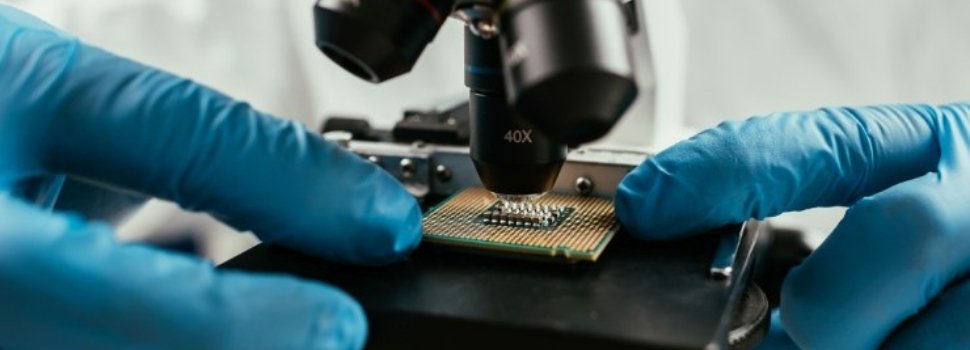Toward 1000-Layer 3D NAND: Cutting Emissions with Cryo Etching & Green Power
2 Min Read May 23, 2025
3D NAND nears 1000L, boosting complexity and carbon impact. Explore hybrid bonding, Scope 1 emissions, and new tech like cryo etching and molybdenum use.

3D NAND has seen revolutionary growth since introducing 32-layer (32L) structures in 2014 to almost 10x that number a decade later, with the figure set to approach 1000L by the decade's end. With this increase in complexity, there are environmental implications. The introduction of hybrid bonding into 3D NAND products saves die real estate, moving peripheral control circuitry from the die edge to a dedicated bonded CMOS die. However, this dedicated CMOS logic die adds additional silicon and is set to become more complex over time, raising the overall carbon footprint.
As 3D NAND approaches 1000L, the impact of Scope 1 emissions becomes more pronounced from the necessity to etch accurately through these layers. Abatement efficiency will come further into focus alongside new processing technologies such as cryogenic etching and molybdenum metallization.








